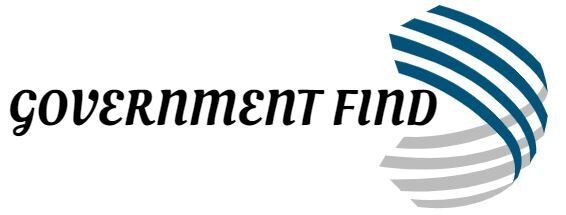
Hello everyone! Welcome back to my blog. Today, we’re going to delve into the Selective Service Act and its significance in American history. So grab a cup of coffee and let’s dive in!
The Selective Service Act
The Selective Service Act, also known as the Selective Draft Act, was passed by the United States Congress in 1917, and later amended in 1918, to authorize the federal government to raise a national army for the American entry into World War I through conscription. It was the first time since the Civil War that the U.S. relied on a draft to raise a military force.
Impact on American Society
The Selective Service Act had a profound impact on American society. It led to widespread debates and protests, as many citizens questioned the constitutionality and fairness of the draft. The act also contributed to a significant shift in the role of the federal government in the lives of individual citizens.
Thousands of young men were drafted into the military, disrupting their personal and professional lives. This had a lasting impact not only on the individuals involved but also on their families and communities.
Historical Legacy
The Selective Service Act’s legacy extends beyond its immediate impact during World War I. The precedent it set for using conscription during times of national crisis reverberated through future conflicts, including World War II, the Korean War, and the Vietnam War. Its influence continues to be felt in discussions about military service and citizenship.
Furthermore, the Act’s implementation raised important questions about civil liberties, government authority, and the balance between individual rights and national security.
Share Your Thoughts
What are your thoughts on the Selective Service Act? Do you believe it was a necessary measure for national defense, or do you see it as a violation of individual freedom? I’d love to hear your opinions and insights. Feel free to leave a comment below and join the conversation!
As always, thank you for reading. If you have any questions or suggestions for future topics, don’t hesitate to leave a comment. I look forward to engaging with you!
